by Ken Gargett
I recently wrote about how an individual or family with the determination, drive, and resources to inject a seriously large amount of capital can transform a tired old estate into something special. In Bordeaux, Pontet-Canet is the perfect example. In Burgundy, although it is a little more complex, no estate epitomizes such a transformation as well as Bouchard Père & Fils. And it has not been easy.
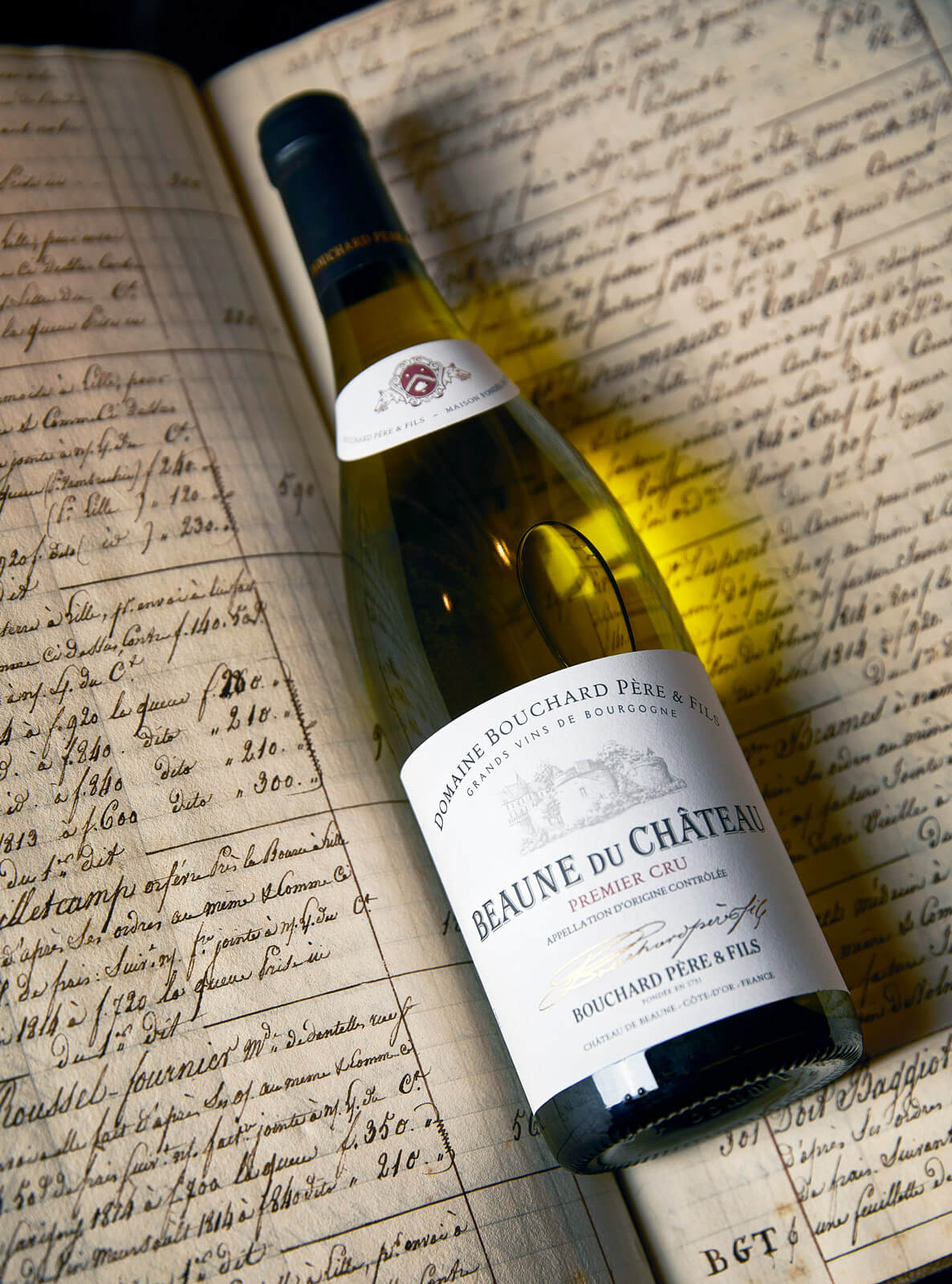
Bouchard Père & Fils, Beaune du Château
Once regarded amongst the region’s top producers, Bouchard’s fall from grace was slow, steady, and irresistible. Bouchard (as with so much of Burgundy, relatives abound and so there are other smaller firms that incorporate the name, but for us Bouchard Père & Fils it is) had another problem. Big is most decidedly not considered better in Burgundy. Big is effectively the closest thing to an insult, and in Burgundy there were none bigger. In Bordeaux, châteaux like Latour and Lafite could release many thousands of cases to great acclaim. Do so in Burgundy and the results simply must be rubbish.
Am I exaggerating the depths this once great producer plumbed?
Robert Parker, in 1990’s Burgundy, was generally positive but did note wines from the 1970s and 1980s to be “of standard quality, often lacking depth.” Anthony Hanson, in his highly regarded 1995 edition of Burgundy, describes how Bouchard stood still in the 1970s and 1980s and how “tasting fruitless red Burgundies . . . too long in wood or racked until they were skeletons, has often been depressing.”
Bill Nanson in The Finest Wines of Burgundy from 2012 notes that in the 1980s and 1990s, “Bouchard became a watchword for ‘could do better’.” Clive Coates in Côte d’Or from 1997 wrote “no better than competent,” though he acknowledges glimmers on the horizon.
Remington Norman, in 1992’s The Great Domaines of Burgundy, does not find a place for Bouchard, though does note that this is one of the producers keeping the “old criticisms alive.” “A range of charmless wines, lacking in depth,” although he also concedes the “occasional flash of brilliance.” In Jasper Morris’s Inside Burgundy, Morris notes that the decades following the sixties, “failed to live up to the Bouchard reputation.”
In addition, a 1987 investigation into the winery found it was illegally chaptalizing and acidifying wines.
Hardly a compelling set of references, but what almost everyone agrees upon is that for many decades before this sad decline, Bouchard made many absolutely stellar Burgundies.
Bouchard Père & Fils history and situation
Few wine producers anywhere in the world have quite the history enjoyed by Bouchard. Founded as far back as 1731 by Michel Bouchard, a former linen merchant, it was operated by succeeding generations for a couple of centuries – indeed, nine generations before its recent sale (1995 – so, recent-ish). A couple of decades after it was founded, the Bouchards moved from Volnay to Beaune.
One of the most important descendants was Joseph Bouchard, who acquired his first vineyards in Volnay in the famous Les Caillerets climat in 1775. During the Revolution, Joseph’s son, Antoine Philibert Joseph Bouchard, increased family holdings, notably in Beaune. It was then that the family welcomed the legendary Beaune Grèves Vigne de l’Enfant Jésus vineyard into the fold. Holdings were regularly increased and what Bouchard has today is truly stupendous. Indeed, if this producer was not offering some of the greatest Burgundies available with the vineyards it owns, it would be a crime of horrendous proportions.
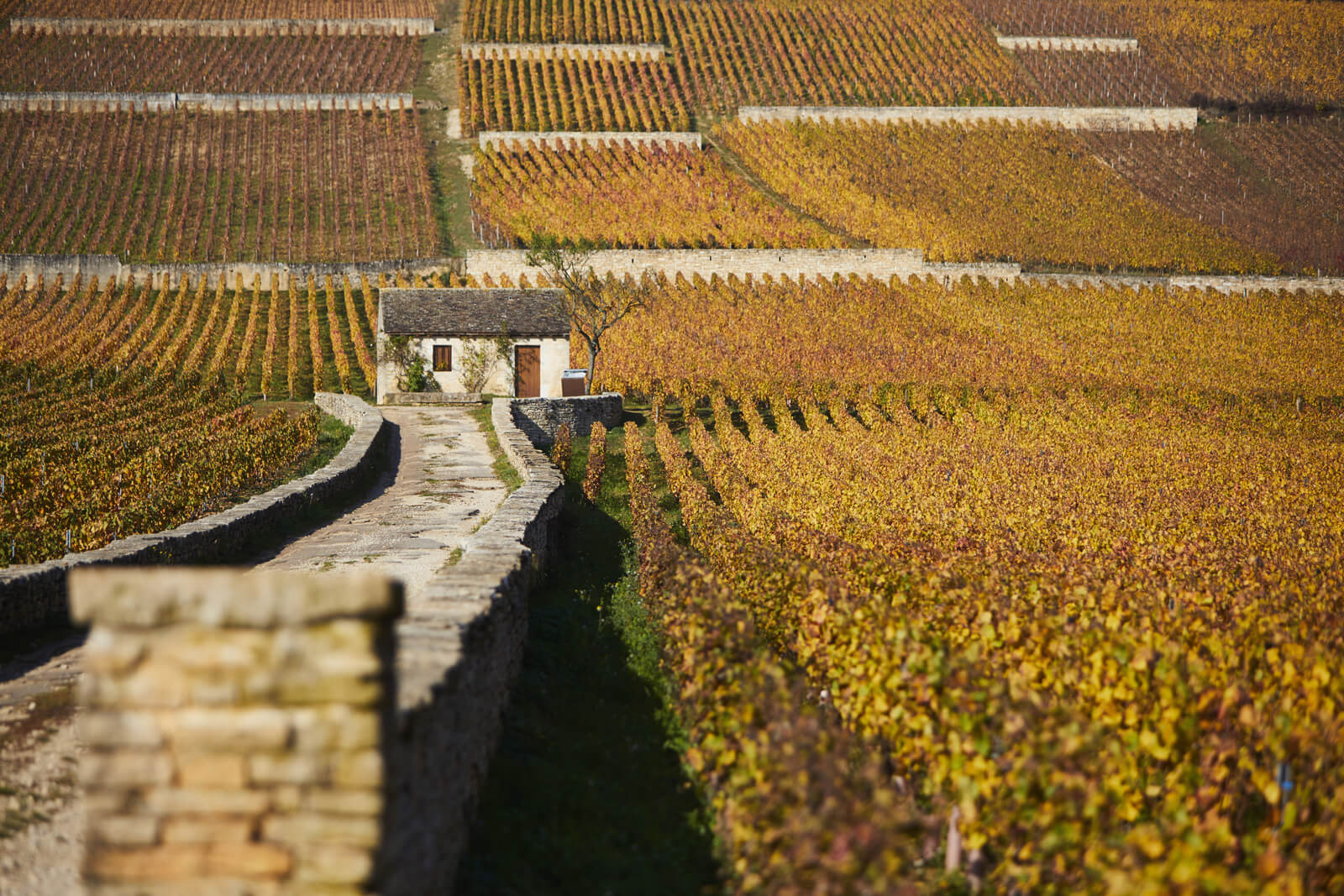
Bouchard Père & Fils Beaune Grèves Vigne de l’Enfant Jésus vineyard
Today, it holds 130 hectares, 12 of which are Grand Cru and 74 Premier Cru. This makes it the largest landholder in all the Côte d’Or.
Just what the vineyards alone are worth is something that is probably largely incalculable.
First, one assumes there is an intent to sell – highly unlikely – and second, they are worth what someone will pay, of course. That is likely to be a great deal. As an example, around four or five years ago, French billionaire François Pinault of Kering purchased the 7.53 ha Monopole Grand Cru vineyard Clos de Tart. This is a very highly regarded Grand Cru but would not be considered the absolute pinnacle.
Estimated cost? $40.37 million per hectare. In comparison, the estimated €200 million (about €18.18 million per hectare) paid by American billionaire Stan Kroenke in 2017 for the 11 hectares of Bonneau du Martray seems a positive steal! Get out the calculators and start attempting to value the Bouchard vineyards. Good luck. Not sure mine has enough zeros.
It is worth noting that these winery/vineyard purchases are not about commercial sense or a reasonable return. These are not carefully considered investments. As one expert put it, it would take 200 years or more for any sort of return. This is prestige. It is rich men having the best toys. Good luck to them, provided that they maintain quality.
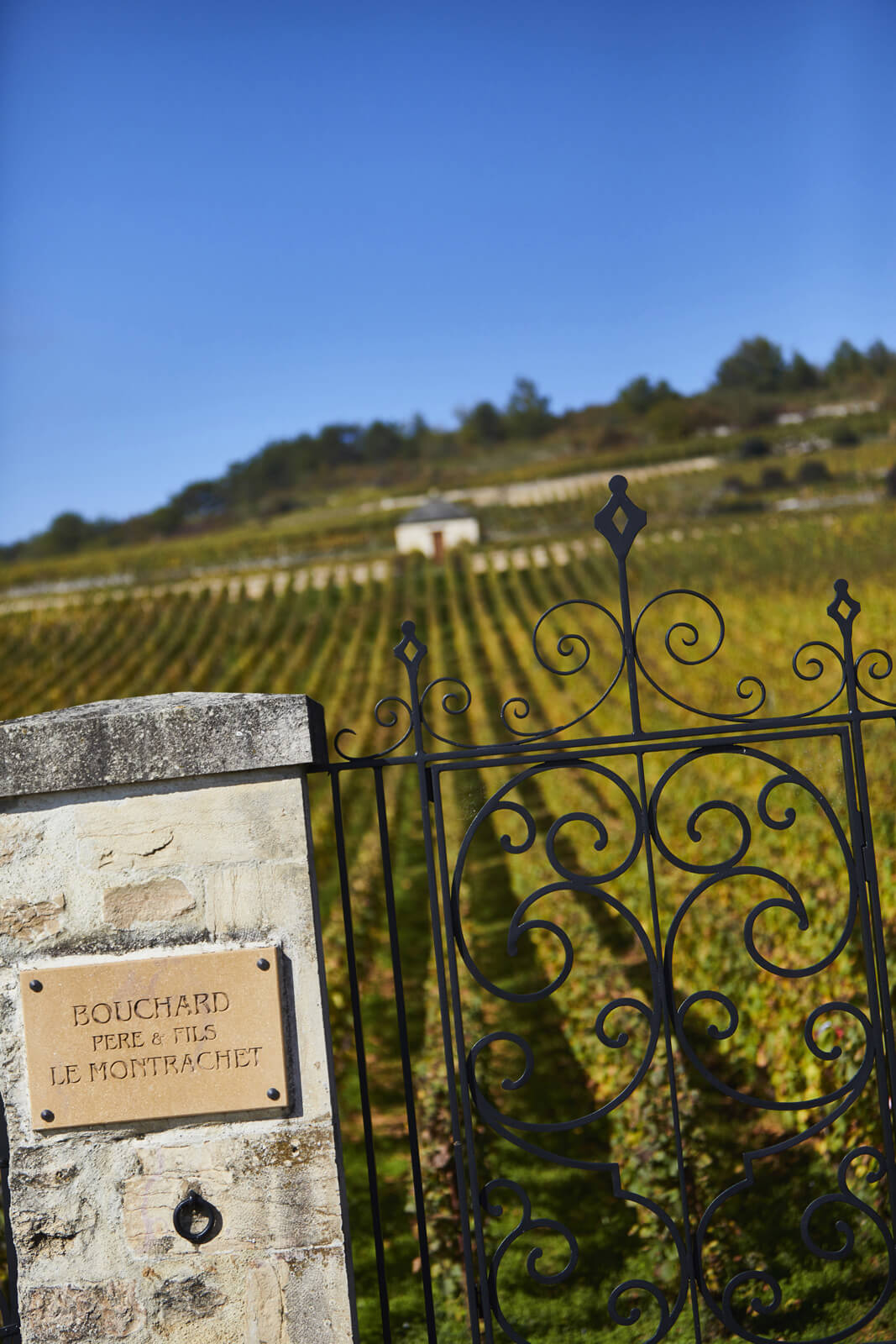
Bouchard Père & Fils Chevalier-Montrachet vineyard
And that tends to be the good thing about these guys filling their portfolios with great vineyards. They need the wines to be as fine as is possible otherwise egos would take a blow, and we can’t have that. So everyone wins (well, perhaps not those of us who once spent the week’s wages on a bottle or two of Grand Cru for the cellar – those days are gone). Expect the quality of the wines from an estate like Bouchard – and a number of others – to continue to climb to the greatest possible heights.
Among the Grand Cru gems in the Bouchard portfolio, there are Bâtard-Montrachet, Chevalier-Montrachet, Chevalier-Montrachet La Cabotte, Corton-Charlemagne, and Montrachet for whites and Bonnes-Mares, Chambertin, Chambertin-Clos de Bèze, Chapelle-Chambertin, Charmes-Chambertin, Clos Vougeot, Echézeaux En Orveaux, and Le Corton for reds. Truly an array of the great names. Overall, Bouchard has plots in four of the eight white Burgundy Grand Crus (two plots in Chevalier) and seven of the 25 red Grand Crus. It also owns four monopoles.
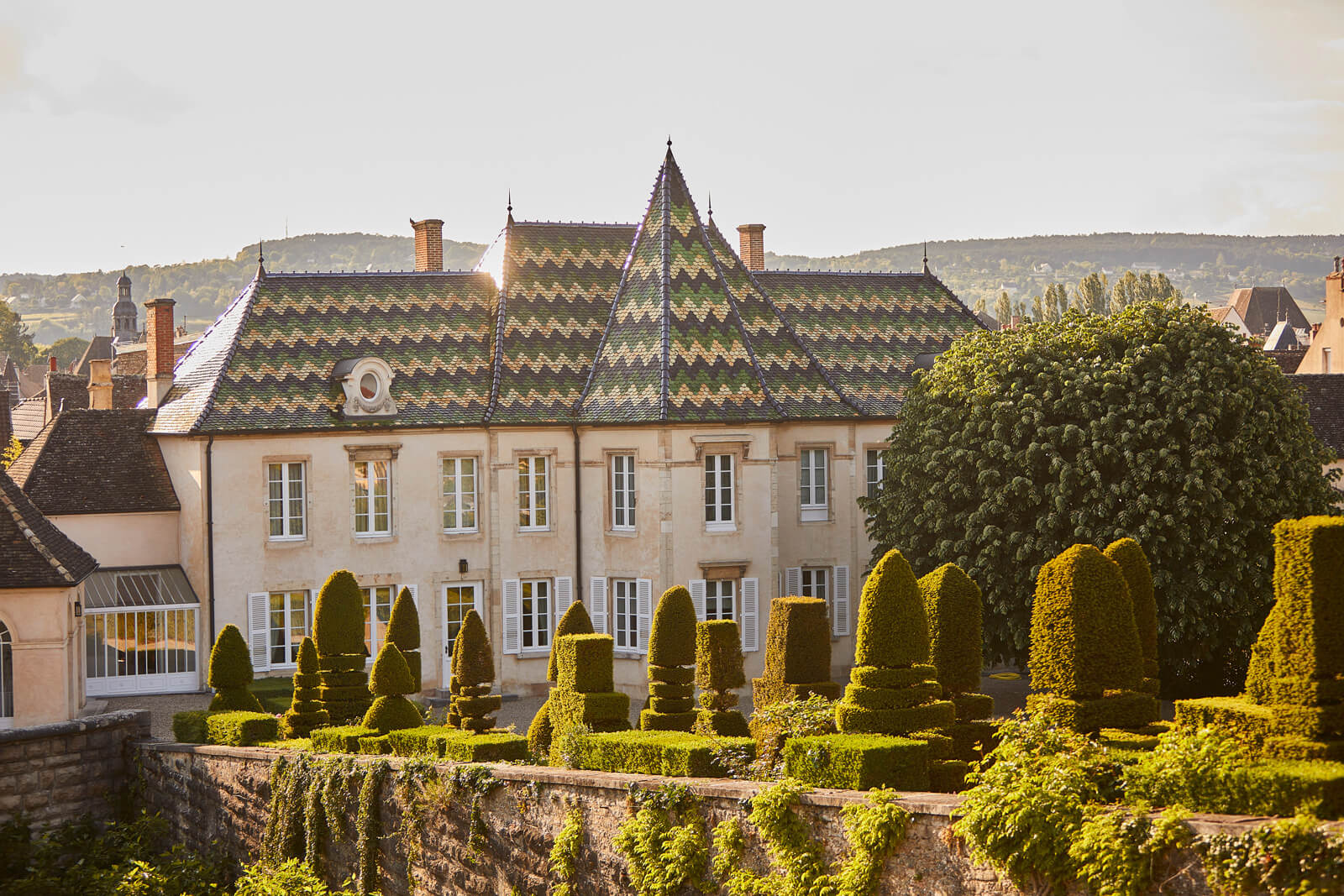
Bouchard Père & Fils’ Château de Beaune in Burgundy
As well as vineyards, in 1820 Bernard Bouchard purchased Château de Beaune, a former royal fortress built in the fifteenth century by King Louis XI. Four of its five original towers and some of the ramparts still stand today. Here resides one of the world’s great cellars and incontrovertible proof that there was a time when Bouchard was one of the greatest names in the world of wine.
Ten meters deep, the cellars hold more than 2,000 bottles from the nineteenth century, as far back as an 1846 Meursault Charmes. Allan Meadows’ wonderful Burgundy Vintages – A History from 1845 notes that in the early 2000s, Bouchard still had more than 500 bottles from the great 1865 vintage alone in the cellars. And this is partly responsible for the wonderful reputation that the producer once enjoyed.
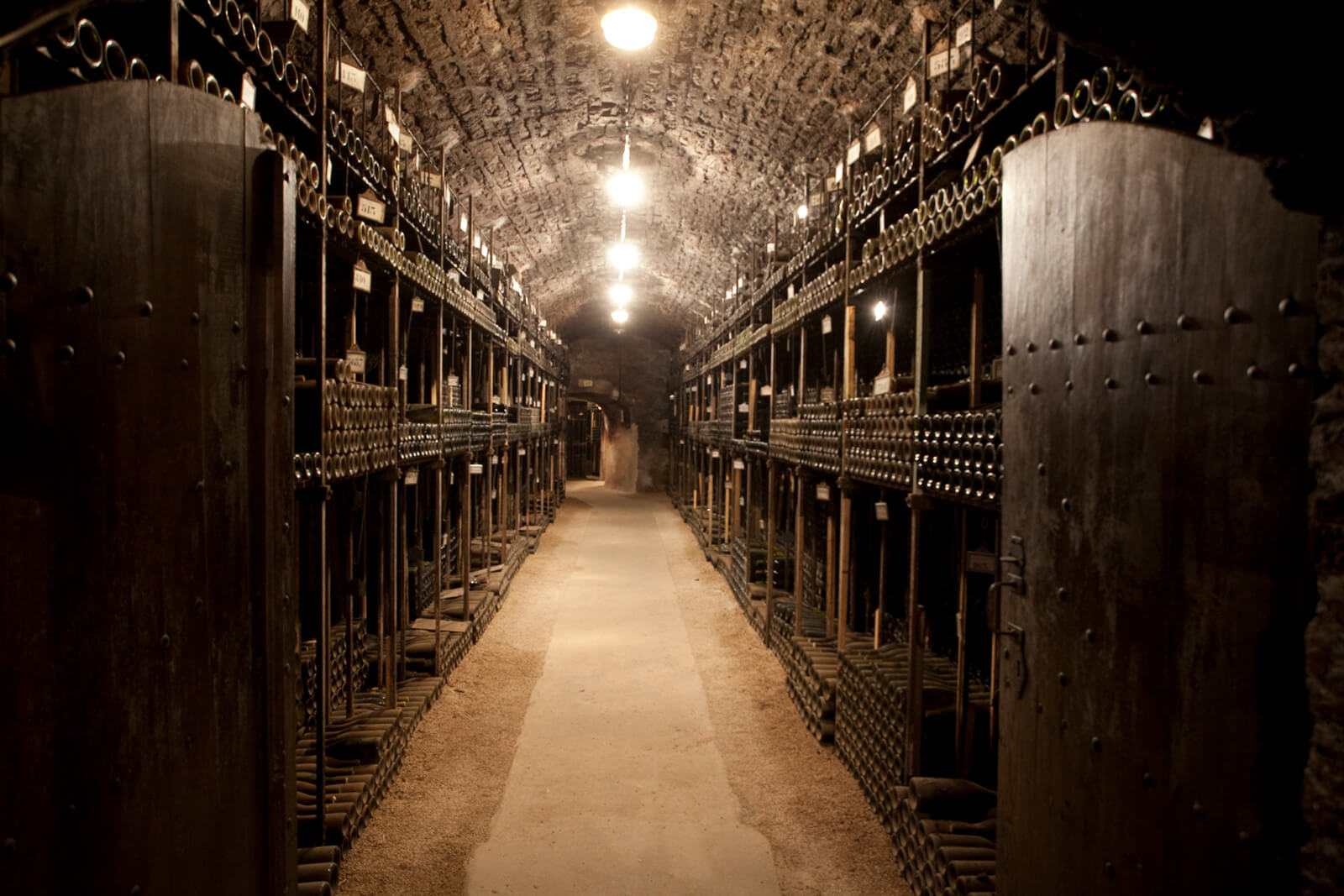
Bouchard Père & Fils wine cellar
As we have seen, successive generations increased vineyard holdings. This continued throughout World War II. The wines from the 1950s and 1960s, and many before that, established Bouchard’s reputation for superb Burgundies. Sadly, after that period (and Bouchard was not alone in this) quality diminished. Reputations are easier to earn than to recover. Once you lose that adulation, it is very hard to restore it.
Even today, notwithstanding many excellent wines, that stink of failure still lingers. When I mentioned attending a tasting of Bouchard wines, several friends, Burgundy fanatics, could hardly have been less excited had I said I was spending the day doing my taxes. They are missing out.
The transformation begins
In 1995, French billionaire Joseph Henriot purchased the company. Earlier I mentioned how these things could become rich men’s toys. True, but that does not mean that some of these gentlemen are not fiercely interested in, and devoted to, wine.
The estimate of the price paid by Henriot in 1995 for the entire operation including vineyards is $50 million. Granted, a great deal of money, but an extraordinary bargain if it is true when one considers what the value would be today. Of course, Henriot invested seriously large sums to improve vineyards, winemaking facilities, and the wines themselves.
We have met Joseph Henriot before when looking at the exquisite champagnes from the house of Henriot. Years before, the house had been sold to Veuve Clicquot and Henriot joined the board. In 1994, he left Veuve Clicquot and bought back the family operations.
The family also owns Château de Poncié in Beaujolais and the once (and again) revered Chablis producer William Fèvre, purchased in 1998. Fèvre falls in the same boat as Bouchard: a large and once-famous producer whose wines were simply not living up to what could be expected. Under Henriot’s stewardship, William Fèvre has again become a leading force in the region. In 2017, the family also purchased (or entered into a partnership, depending on which reports one reads) the Oregon estate Beaux Frères, originally established by famed critic Robert Parker and his brother-in-law.
Sadly, Joseph Henriot left us in 2015. His nephew, Gilles de Larouzière Henriot, is now the group’s president and CEO. Bouchard is technically a negociant as it also buys in a percentage of its grapes.
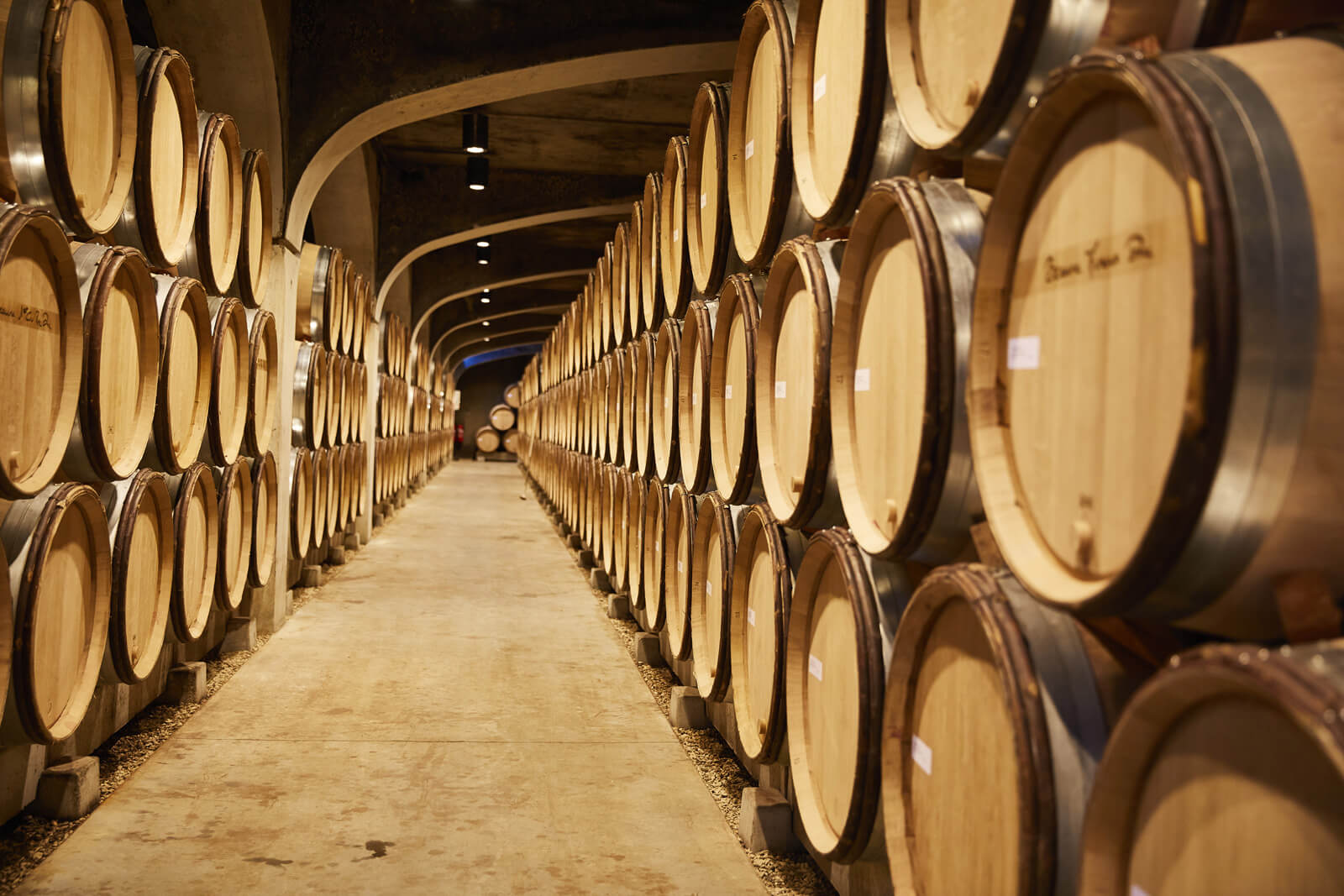
Bouchard Père & Fils wine barrels
For Bouchard, a modern – indeed, state-of-the-art – winery was established in 2005 on Route de Savigny. Gravity fed and with 138 maceration tanks and presses, it produces more than 100 different wines and has capacity for 4,000 barrels. One of the red wine issues of the day is whole bunch inclusion or not; Bouchard does include a percentage. In the vineyards, the move is very much toward organics and sustainable viticulture. Frédéric Weber is the current cellar master.
If you were around during Bouchard’s glory days, you’ll know how good it can be (no, I wasn’t). If you have only recently encountered this wine then you are probably wondering what could prompt anything other than the ultimate respect. If, however, your experience of Bouchard comes from the “lesser years,” don’t give up. Today is not Bouchard as it once was, but rather the region’s largest producer is making wines of superb quality as befits the extraordinary vineyard gems it has in its collection. Don’t let old prejudices prevent you from enjoying these wines.
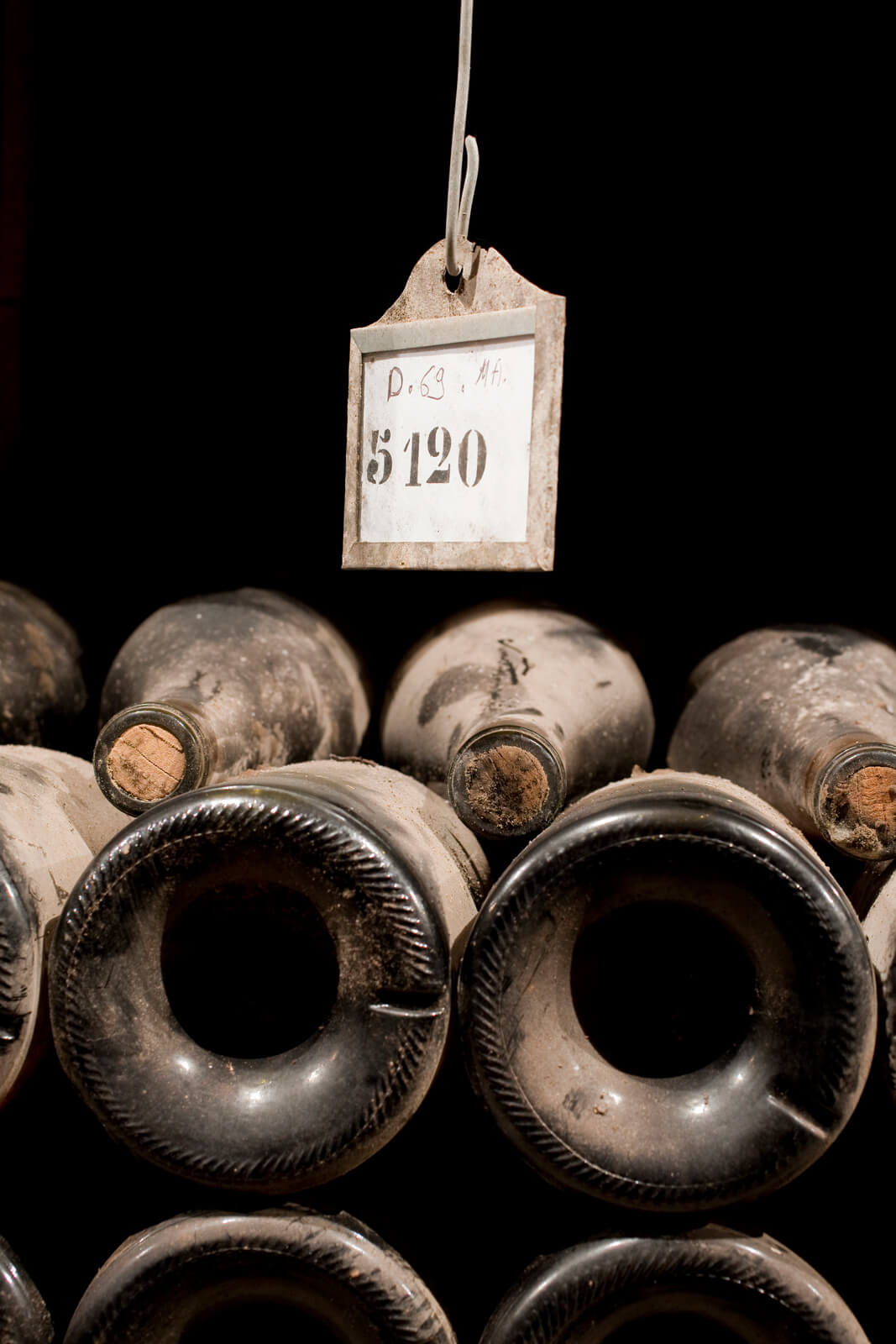
Bouchard Père & Fils wines in cellar
Bouchard tasting notes
As mentioned, Bouchard makes more than 100 wines. Here is a mix – not necessarily the very best, but this will give you a snapshot. From a tasting hosted at the exciting new Reserve Cellar, part of the Emporium Hotel complex in Queensland.
Bouchard Meursault Genevrières 1er Cru 2019 – What was intriguing was that the color of this wine was a little deeper than that of the 2016. Curious, but if there were any concerns that this indicated a wine that was tipping quickly, one sniff dispelled that. Bright, youthful, and powerful. We have here notes of melons, hazelnuts, apricot kernels, and river stones.
Great length, all backed by good acidity. A powerful style with heft and length. As it opened up in the glass, notes of honey and butterscotch. Good future, though offers plenty of pleasure at the moment. Superb young White Burgundy. 95.
Bouchard Meursault Genevrières 1er Cru 2016 – Beautiful example of what this vineyard can offer. Fresh, complex, lingering, and balanced with minerally backing to help carry it full journey. This is a seriously good White Burgundy. Flavors of stone fruit, apricot kernel, beeswax, and more.
Great length. Drink now but no hesitation in leaving this in a cellar for another five to six years. 95.
Bouchard Chambolle Musigny 2019 – Dark berries and florals dominate the nose. Exquisitely fragrant. Dried herbs here. Vibrant acidity. This is a fine and expressive Burgundy, confirming the vintage’s reputation for excellence across all levels.
Silky tannins here, as one might wish for with Chambolle, and a lingering finish. There is concentration, but also some delicacy. Florals persist throughout and there are hints of sour cherry on the finish. Now for five years. 92.
Bouchard Volnay Les Caillerets Ancienne Cuvée Carnot 2019 – Wonderfully aromatic notes here, moving more to darker fruits. Black cherries, bay leaves, florals, bergamot. This has elegance mixing with richness and power. Satiny tannins and vibrant acidity here. Beef stock hints.
Early complexity is emerging, and the palate shows hints of coffee grinds. Balance is key here, and the wine maintains its intensity the full journey. 93.
Bouchard Beaune Grèves Vigne de l’Enfant Jésus 1er Cru 2019 – A famous Premier Cru, this is drinking like a dream even at this young stage. Spices, ripe fruits mostly from the red spectrum, cherries, and raspberries. There is depth, richness, and concertation, but all finely balanced throughout. Seamless, the palate exhibits notes of coffee beans, leather, and aniseed.
A long and ever-so-silky finish. Delicious now and any time over the next decade. Exhibiting less oak than the 2015, which is appreciated. 95.
Bouchard Beaune Grèves Vigne de l’Enfant Jésus 1er Cru 2015 – Dark magenta in color, profound chocolate notes here. Dense and ripe with some force. A layered style with mid to good length. Finely managed tannins.
This has time ahead of it – we have not seen anything like its best yet. A decade will assist that. There is still some oak integration needed. 92.
Bouchard Corton 2019 – Our first bottle failed at every level (and yet winemakers insist on continuing to put their very expensive wines under cork. Go figure?).
Fortunately, the second bottle was all it should be. This was complex and balanced, dark fruits with leather, bergamot, aniseed, blackberries, and animal skins. Finely balanced, this is a wine that dances. Silky tannins, great length. A very impressive Corton (I say that as someone for whom the Grand Cru Corton – for reds – so often falls short. Not here).
Ten or even 15 years in the cellar will only increase its luster. 96.
For more information, please visit www.bouchard-pereetfils.com.
You may also enjoy:
Château Pontet-Canet Bordeaux: A ‘Super Second’ Wine Story
Clos De Tart And Clos Des Lambrays: The Glory Of A Great Burgundy Is The Pinnacle Of Wine
Inside Burgundy’s History, Including A ‘Royal War’ With Champagne
Glorious Burgundy Is Experiencing An Unprecedented Golden Age Of Fantastic Wine Vintages





















































Leave a Reply
Want to join the discussion?Feel free to contribute!